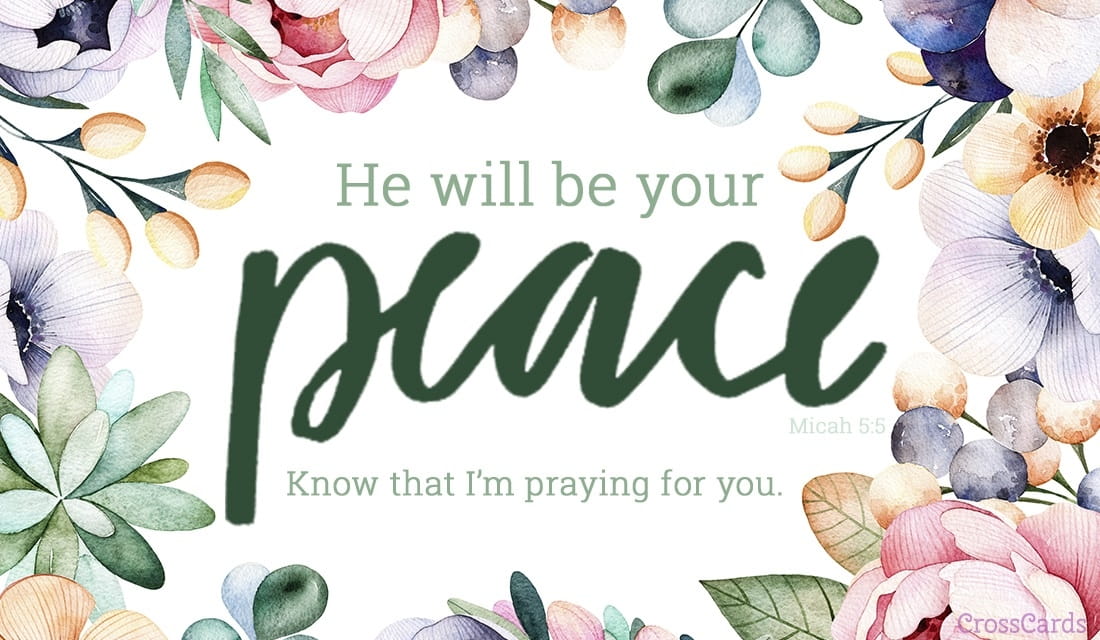

Priest: The peace of the Lord be always with you. Priest: Lord Jesus Christ, who said to your Apostles, Peace I leave you, my peace I give you, (Jn 14:27) look not on our sins but on the faith of your Church, and graciously grant her peace and unity in accordance with your will. In the new translation, only the last line of the presider’s invitation will change. The sign of peace was restored after Vatican II. An invitation to the sign of peace can be found in the Missal of Pius V (1570) as a private prayer of the priest.

(Mt 5:23-24) In the 6th century, it was placed immediately after the Lord’s Prayer to link it more closely with holy Communion.

Early on, it was part of the Liturgy of the Word – after the intercessions, just before we carried gifts to the altar of sacrifice. Paul had urged his communities to “greet one another with a holy kiss.” (Rom 16:16) The location of the sign of peace has changed over the centuries.
#Peace be with you and with your spirit change free
Priest: Deliver us Lord, we pray, from every evil, graciously grant peace in our days, that by the help of your mercy we may be always free from sin and safe from all distress as we await the blessed hope and the coming of our savior, Jesus Christ (Ti 2:13)Īll: For the kingdom the power and the glory are yours now and forever. Priest: At the Savior’s command and formed by divine teaching, we dare to say: The final phrase, For the kingdom, the power, and the glory…, has its roots in Byzantine Christian practice. The priest will offer a slightly different introduction and a slightly altered embolism (an “insert”) that will more directly reflect Scripture. In the new Roman Missal, it will be the only text that retains old English language such as “art” and “thy.” Too many people have memorized it this way. (Mt 6:9-13) The Lord’s Prayer has been part of the Mass since the sixth century, when it was officially added by Pope Gregory the Great. The rite begins with the prayer that Christ himself taught us. That is why we call this sacrament “holy Communion.” Let’s take a closer look at the rites that surround this sacred meal. Then we prepare to receive the paschal banquet when, as a community of believers, we are formed into an even more perfect union with God and with each other. After listening and responding to the Scriptures,we offer our great prayer of thanksgiving (eucharistia in Greek) acknowledging all that God has done for us and recalling, especially, Christ’s institution of the Eucharist.

For more than 2,000 years, we have never failed to follow this command.Įvery time we gather for Mass, we are still nourished by both word and sacrament. Moreover, he commanded them to continue to do this in memory of him. But this was much more than a meal – he offered them his very body and blood. He broke bread, blessed wine, and invited them to eat and drink. On the night before he died, Jesus ate supper with his Apostles.


 0 kommentar(er)
0 kommentar(er)
